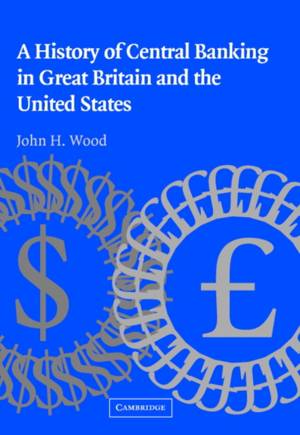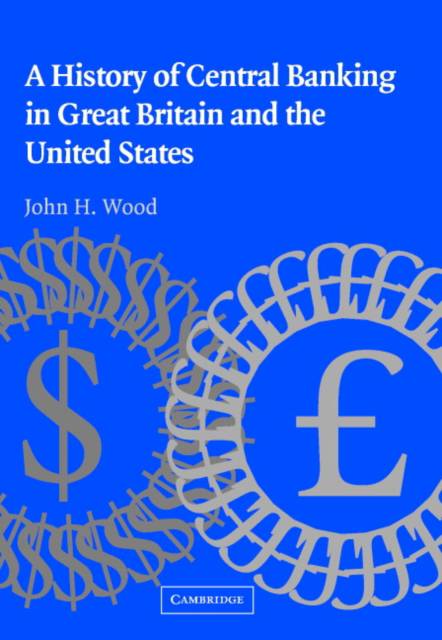
- Afhalen na 1 uur in een winkel met voorraad
- Gratis thuislevering in België vanaf € 30
- Ruim aanbod met 7 miljoen producten
- Afhalen na 1 uur in een winkel met voorraad
- Gratis thuislevering in België vanaf € 30
- Ruim aanbod met 7 miljoen producten
Zoeken
€ 230,95
+ 461 punten
Uitvoering
Omschrijving
Central banks in Great Britain and the United States arose early in the financial revolution. The Bank of England was created in 1694 while the first Banks of the United States appeared in 1791-1811 and 1816-36, and were followed by the Idependent Treasury, 1846-1914. These institutions, together with the Suffolk Bank and the New York Clearing House, exercised important central banking function before the creation of the Federal Reserve System in 1913. Significant monetary changes in the lives of these British and American institutions are examined within a framework that deals with the knowledge and behavior of central bankers and their interactions with economists and politicians. Central Bankers' behavior has shown considerable continuity in the influence of incentives and their interest in the stability of the financial markets. For example, the Federal Reserve's behavior during the Great Depression, the low inflation of the 1990s, and its resurgence the next decade follow from its structure and from government pressures rather than accidents of personnel.
Specificaties
Betrokkenen
- Auteur(s):
- Uitgeverij:
Inhoud
- Aantal bladzijden:
- 456
- Taal:
- Engels
- Reeks:
Eigenschappen
- Productcode (EAN):
- 9780521850131
- Verschijningsdatum:
- 6/06/2005
- Uitvoering:
- Hardcover
- Formaat:
- Genaaid
- Afmetingen:
- 162 mm x 235 mm
- Gewicht:
- 730 g

Alleen bij Standaard Boekhandel
+ 461 punten op je klantenkaart van Standaard Boekhandel
Beoordelingen
We publiceren alleen reviews die voldoen aan de voorwaarden voor reviews. Bekijk onze voorwaarden voor reviews.











